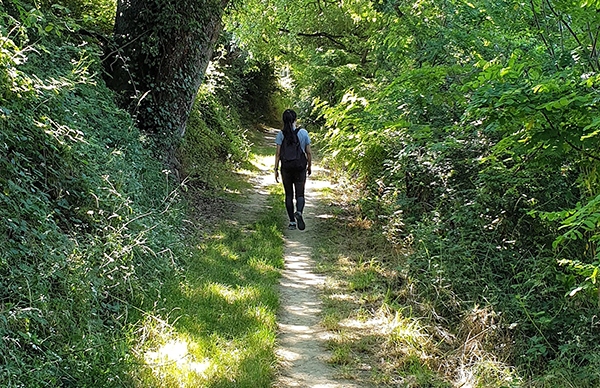Change is hard. For anybody. Especially someone who has been presented with life’s biggest change, the death of their significant other. As time passes, the griever is left to endure life’s challenges… with paperwork, figuring out day-to-day tasks, taking on more responsibilities and no longer having a partner to share them with. Changing a light bulb, paying taxes, doing laundry or other shared tasks, now all fall on you. Change is hard, so now what?

You can either open up your arms and embrace the change or sit in your grief. It’s important to first give yourself permission to feel and express your feelings. Whether it’s sadness, frustration, relief, guilt or a blend of emotions, it’s important to first validate your feelings. To acknowledge them and give yourself permission to experience them. Then to find a safe way to externalize those feelings from your body. Perhaps write about it, draw about it, scream out loud, write poetry, connect with nature, dance about it, cry, sweat it out or punch a punching bag. Find a way to express, let go and externalize the emotions you hold in your body. Be true to yourself and also step outside the lines and try something new. Allow it to be an experiment, an adventure. Try new ways to express yourself, and then check in and ask yourself how that felt? Did it benefit you in any way? Would it be something you would like to invite again?
The first step to change is awareness. Once you are able to bring light to yourself, your behaviors, feelings, sensations, thoughts, then you can create the change you’re looking for. Your brain is malleable, can change and grow, at any age. The old belief that we are born with a certain amount of neurons that die off with age has been proven untrue. The brain’s plasticity and ability for change and growth is there.
Here’s a metaphor to help better understand. Imagine, for a moment, a hiking trail. This is a trail that you have walked many times. It is very comfortable, familiar and can be walked on autopilot. On this path, there may be some barriers, twigs, unpaved ground, ditches or even boulders. Although there may be some challenges, you know where they are, and you know you will get through it. You have before! But now you’re aware that this path no longer serves you. It’s a path you no longer wish to walk.
Now, for a moment, imagine yourself in the middle of a meadow. The grass is green and as tall as your knees. There’s really not even a path to walk on and the first few steps can be hard, scary even. As you begin, it takes a lot of effort to push your legs through, to bend the grass for the first time. As you look back, you can hardly make out the path you’ve made. Each time you walk this path, though, the more comfortable and familiar it becomes. This is a path you have chosen for yourself. A path you have created.
When you’re ready, begin your new path in your meadow, but realize that the meadow will be different for everyone. Everyone experiences grief differently. Allow for the natural process, acknowledging that we all grieve differently and move at our own pace. Also, to help support your healing, it’s important to have a safe place to check in with your grief, to allow for self-expression, and for your feelings, thoughts and sensations to feel validated. Personal therapy, group therapy, a support group, friends, family, self-care, as well as development of coping strategies can all help toward healing. Continue to show up for yourself. Enter the meadow and take one step forward at a time.
Change, at any age can be scary. It’s new, it’s foreign, unfamiliar and therefore uncomfortable. Recognize that inner voice. Let that voice support you, guide you, provide comfort, kindness, patience and love. Let that voice be your inner cheerleader — You got this! You can do it! Believe in yourself. Be a best friend to yourself. Remember, one step at a time. Listen to yourself. Go at your own pace.

